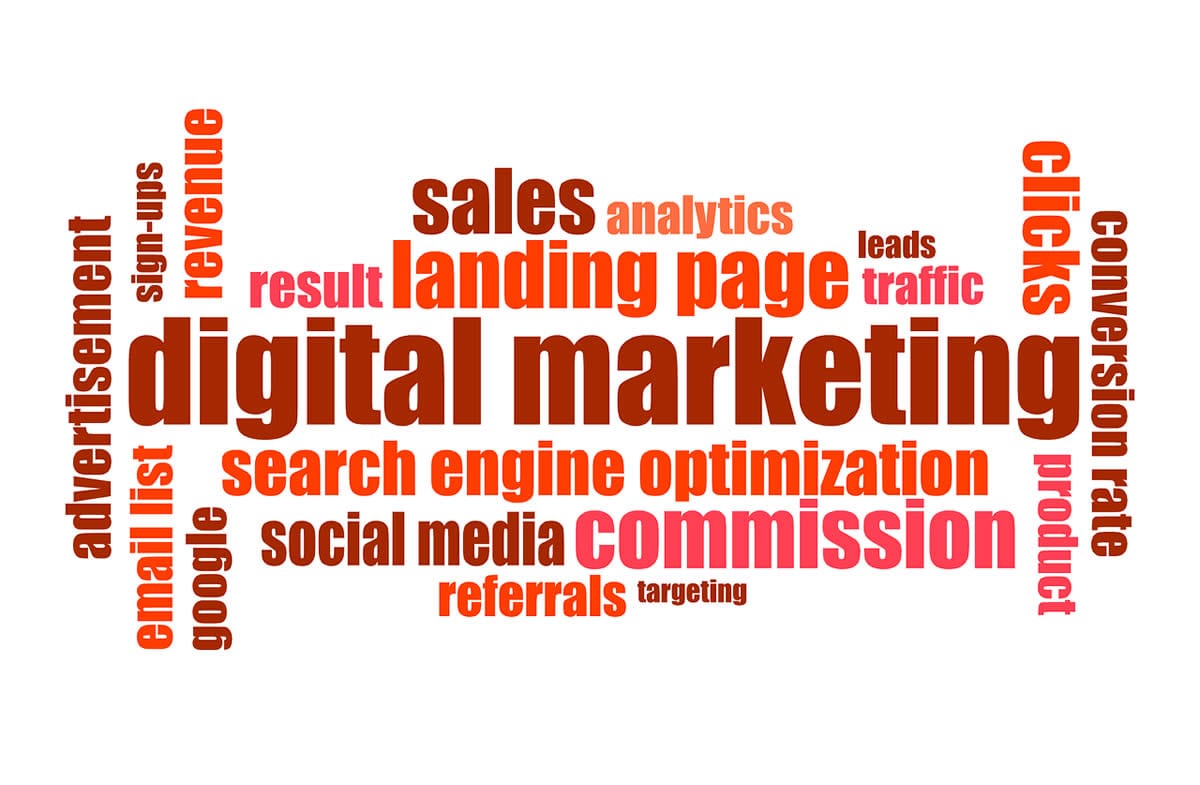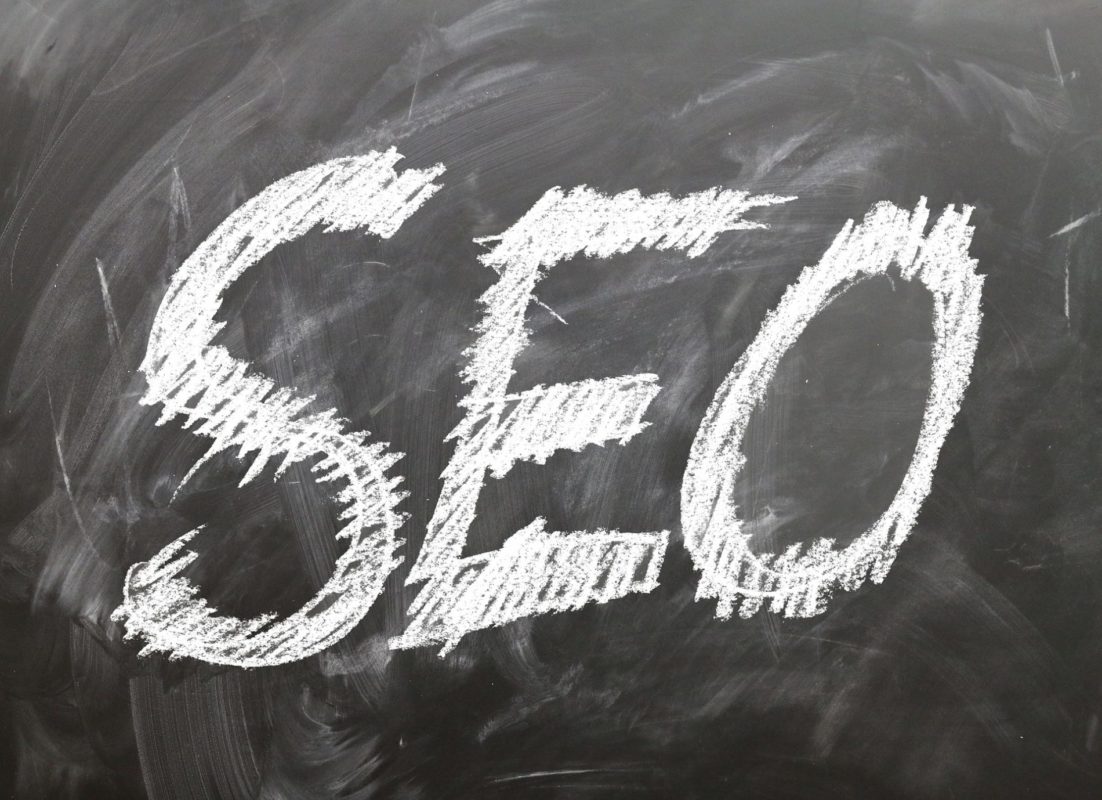The manufacturing sector is increasingly turning to the Internet of Things (IoT) and digital marketing as pivotal tools in enhancing operational efficiencies and boosting market reach. As IoT devices become more prevalent across industries, manufacturing is experiencing a significant transformation, leveraging these technologies to gain a competitive edge and address inherent industry challenges.
This blog aims to explore the integration of IoT with digital marketing within the manufacturing landscape, discussing not only the benefits and strategic approaches but also addressing common pain points such as complex integration processes, cost concerns, data management, and security risks.
What is IoT in Manufacturing?
IoT in manufacturing refers to the use of connected devices and sensors integrated into manufacturing equipment and tools to collect, exchange, and analyze data. This interconnectivity enables manufacturers to gain real-time insights into their operations, enhancing decision-making and operational efficiency.
Benefits of Digital Marketing in Manufacturing
Digital marketing in manufacturing is crucial for enhancing visibility, improving customer engagement, and driving innovation. Key benefits include:
- Increased Reach: Digital marketing platforms expand your audience beyond traditional boundaries.
- Enhanced Customer Interaction: Real-time engagement through digital channels improves customer satisfaction and retention.
- Data-Driven Decisions: Digital marketing provides analytics that helps refine marketing strategies and operational efficiencies.
IoT Digital Marketing Strategies
Integrating IoT data within digital marketing strategies allows manufacturers to:
- Personalize Marketing Efforts: Use IoT-collected data to tailor marketing messages based on customer usage and preferences.
- Optimize Resource Allocation: IoT insights can help pinpoint where marketing efforts should be concentrated for maximum ROI.
- Enhance Customer Experiences: IoT enables manufacturers to predict and address customer needs proactively.
Top IoT Devices for Manufacturing
Some leading IoT devices in manufacturing include:
- Smart Sensors: Used for monitoring machine health, environmental conditions, and more.
- Industrial Internet: Devices that facilitate machine-to-machine communication and process automation.
- Smart Meters: Devices for real-time energy monitoring and optimization.
Addressing Pain Points in IoT and Digital Marketing Integration
Complex Integration Processes:
- Step-by-Step Integration Guide: A detailed walkthrough on integrating IoT solutions with existing digital marketing and legacy systems to ensure seamless compatibility and functionality.
Cost Concerns:
- Cost-effective IoT Solutions: Discussion on budget-friendly IoT implementations with a focus on long-term ROI. Case studies highlighting cost savings and efficiency improvements can substantiate the benefits.
Data Overload:
- Managing IoT Data: Strategies to handle and analyze large volumes of IoT data without getting overwhelmed, using advanced data management and analytics tools.
Security Risks:
- Securing IoT in Manufacturing: Best practices for IoT security, addressing common vulnerabilities and recommending robust security measures to protect sensitive data.
Conclusion
The integration of IoT and digital marketing in manufacturing not only streamlines operations but also enhances market responsiveness. By understanding and implementing the strategies discussed, manufacturers can navigate the complexities of digital transformation effectively.
Manufacturers looking to leverage these technologies should focus on strategic planning, partnership with experienced providers, and continuous learning and adaptation to new technological advancements. With the right approach, the synergy between IoT and digital marketing can unlock unprecedented growth and efficiency.
This comprehensive guide provides a blueprint for manufacturers to integrate IoT with digital marketing effectively, ensuring they are well-equipped to meet the demands of a digitally-driven marketplace.
‘To read the original article please see here




